If you visit Jerusalem’s Valero Square, you are likely to find streetlights that magically bloom like giant urban flowers when you pass under them. This immersive urban installation was created by HQ Architects as a part of the municipality’s effort to give life to the city center. The urban project titled Warde aims to create fantastic elements to improve the condition of the urban area. The metropolitan consists of two urban spaces divided by the tram line. Although the urban area is filled with facilities such as electricity substation and waste composter, it falls short of landscapes. With no aesthetic scenery around them, the city seems dull and lifeless.
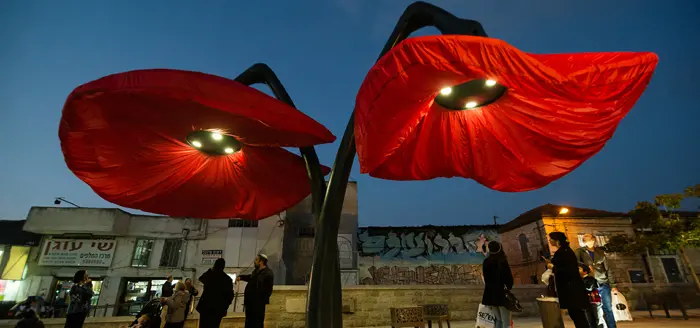
In their attempt to give life to the city’s lackluster condition, HQ Architects decided to install streetlights in the form of giant urban flowers right in the heart of Jerusalem. Instead of going against the current chaos of the city’s condition, they thought of ways to harmonize the urban space together. This concept made way for project Warde. Four giant urban flowers were installed around the square and the market nearby. But the most amazing thing about these installations is that they will automatically inflate whenever pedestrians walk under them. As it inflates, it looks like a giant blooming flower. As pedestrians walk away, the giant urban flowers deflate and close.
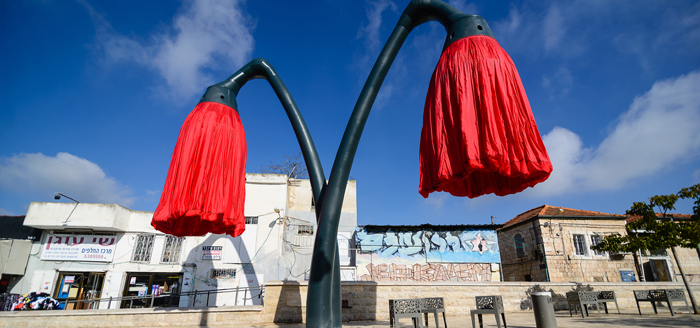
These streetlights open up and bloom like giant flowers when pedestrians walk under them
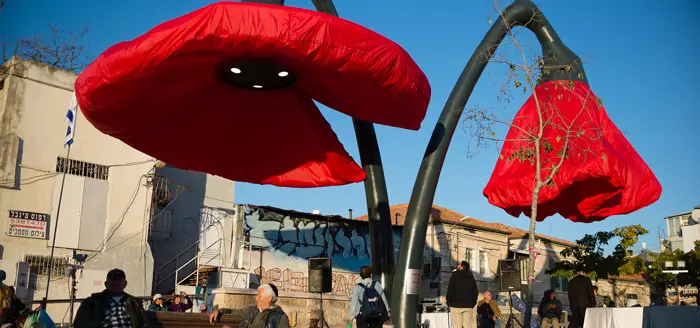
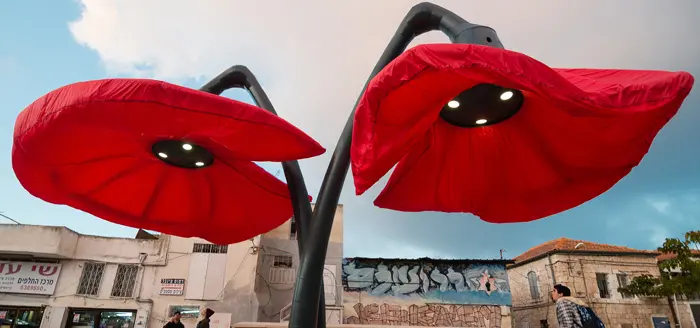
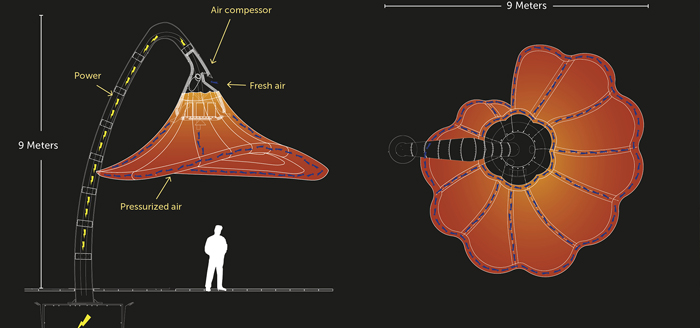
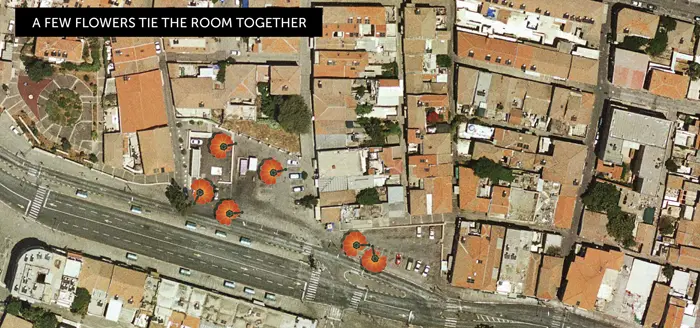
These unique streetlights don’t only provide light at nighttime but they also provide shade from the sun during daytime. Furthermore, all four flowers will open up at once when a tram approaches the station. This will notify the shoppers to hurry up and catch the tram. These motion-activated giant urban flowers allow people to interact with them, allowing them to overcome the reality of the urban space. Can art actually revive a dead urban space? Let the Warde project remind us of the power of art. When nature can’t possibly find its way to save a lifeless place, art can pull off this miracle instead.
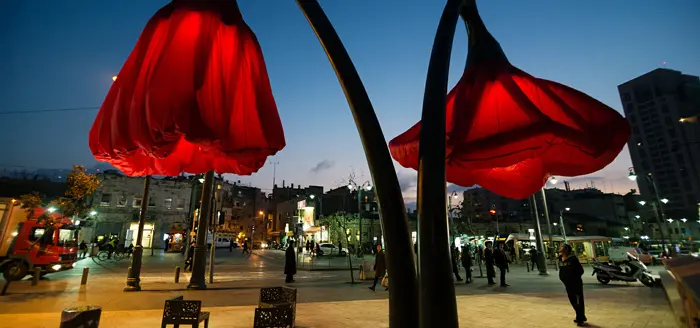

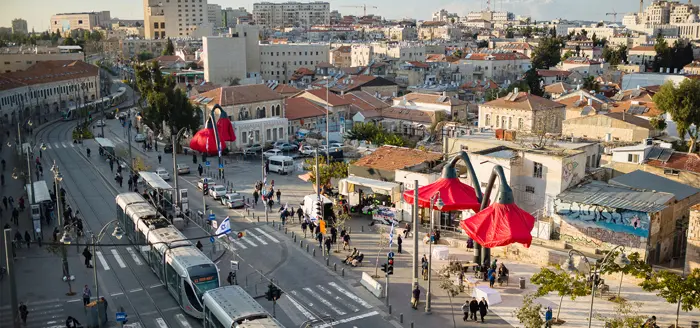
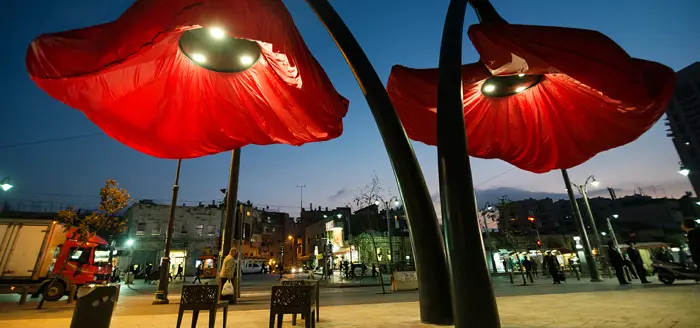
Source: HQ Architects
